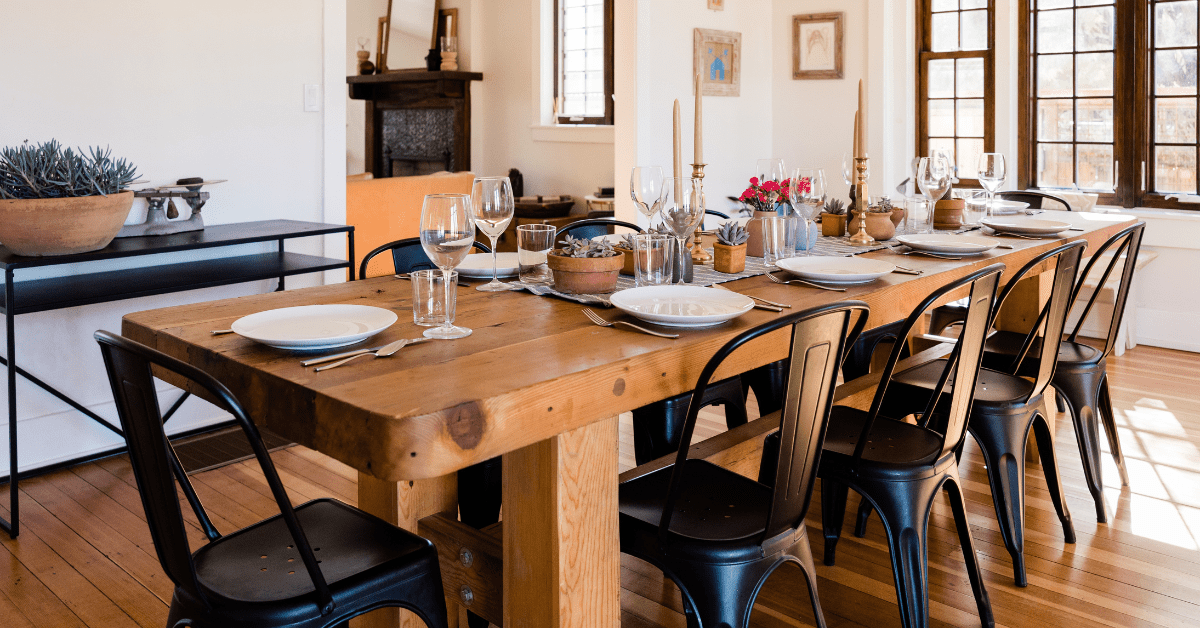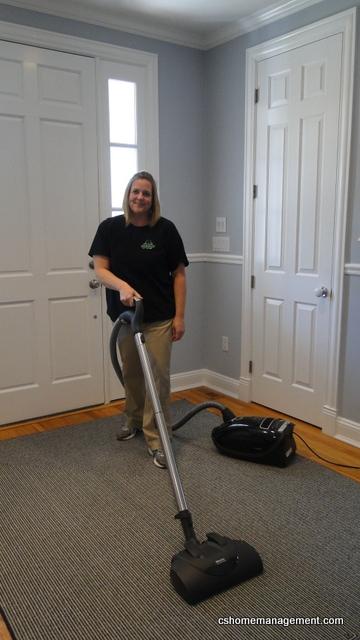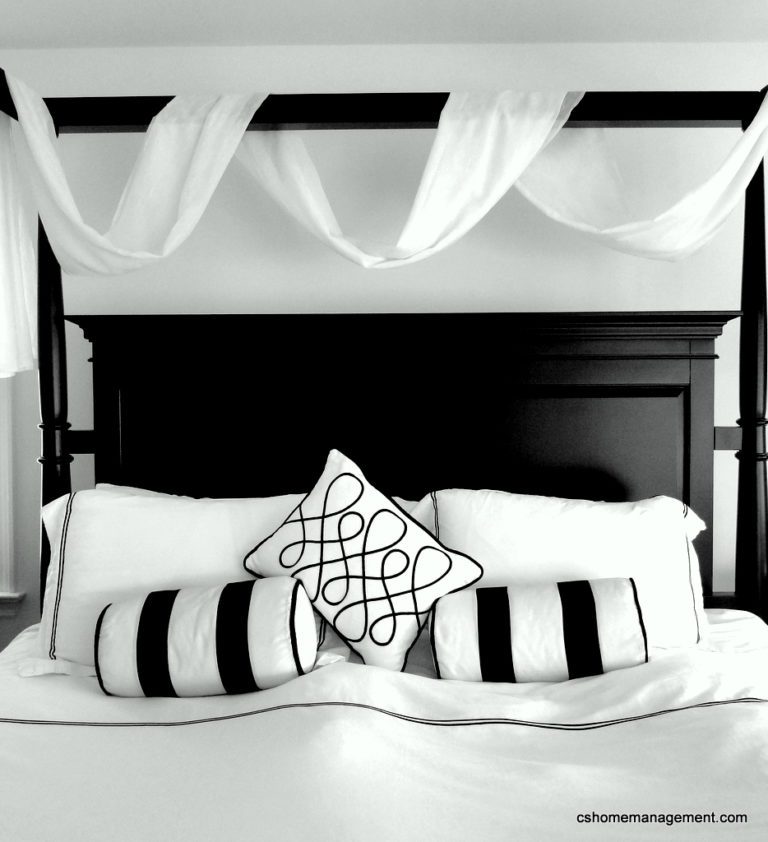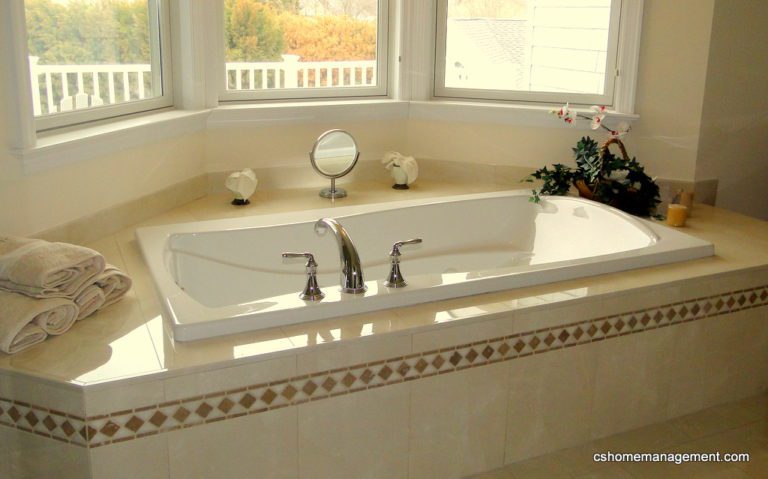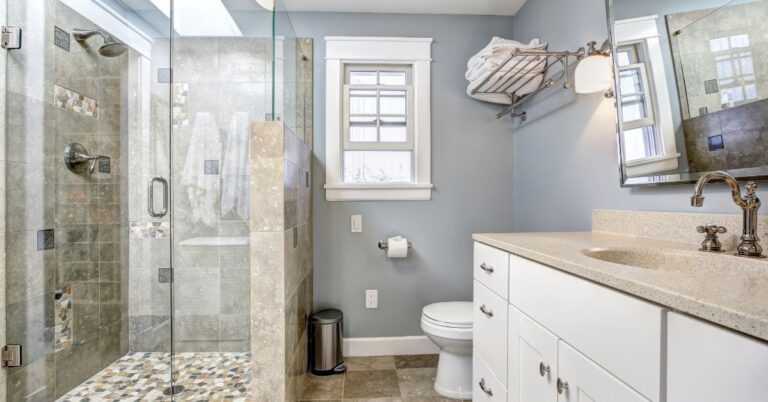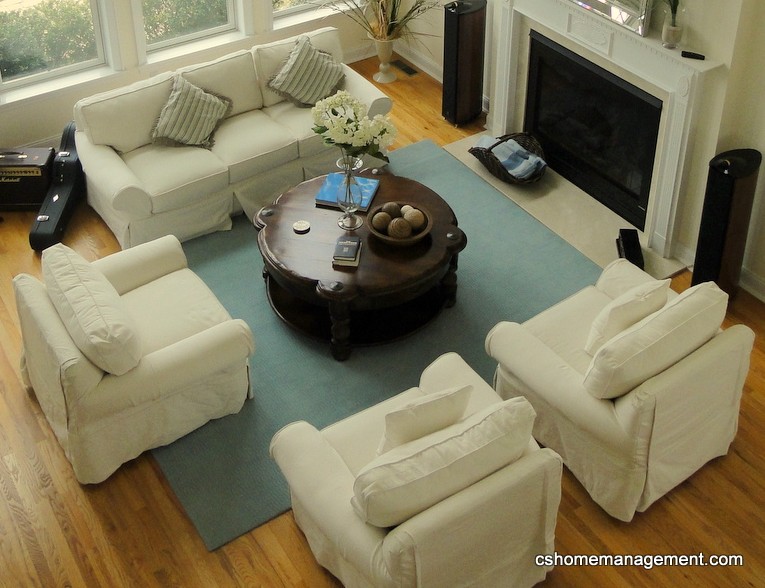Proper Wood Furniture Care: Keep Your Furniture Looking Beautiful for Years
Looking for the best ways to care for your wooden furniture? This guide covers essential tips for maintaining, cleaning, and protecting your pieces, ensuring they stay beautiful and last longer.
Regular Dusting for Wood Furniture
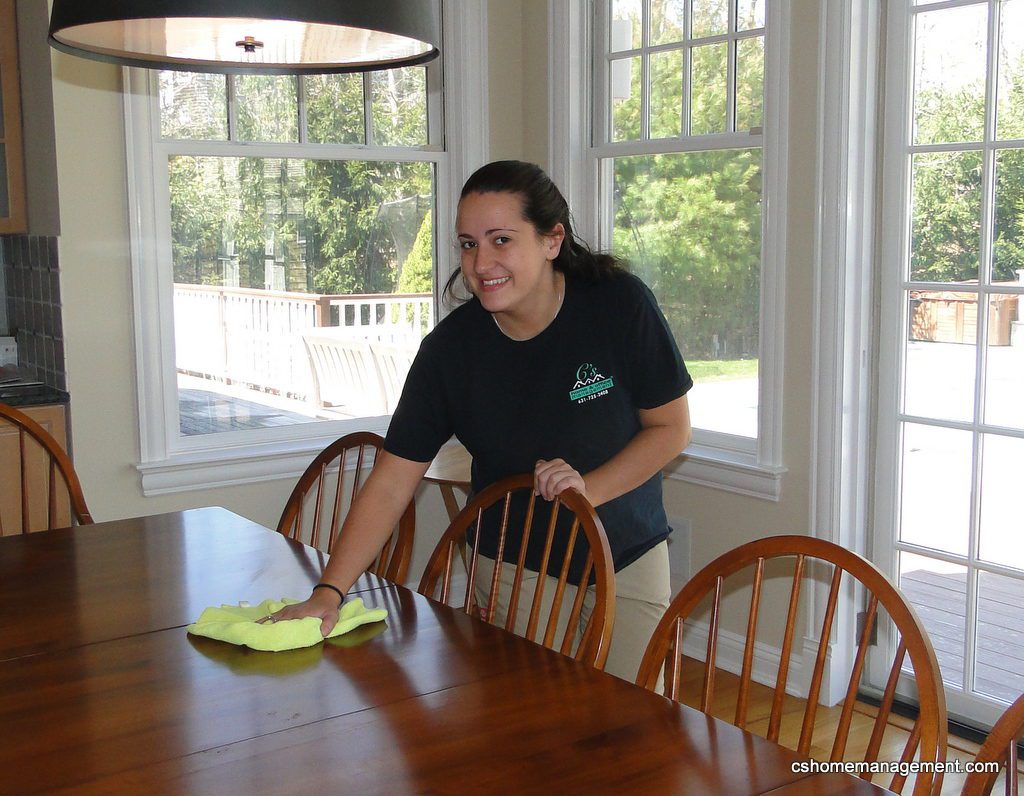
Regular dusting is essential for maintaining wood furniture. It keeps the furniture looking clean and prevents debris buildup, which can cause surface scratches and damage to wood finishes. Dust your wood furniture at least once a week to maintain its natural luster. For valuable antique wood furniture, dusting every few days is ideal to preserve its beauty and keep the surfaces free of debris.
A soft cloth or microfiber cloth is ideal for dusting. These materials are gentle on wood surfaces and effectively capture dust without causing scratches. Lightly dampen the microfiber cloth with clean water for a more effective clean, avoiding moisture damage while ensuring thorough dust removal. A soft duster can simplify the process, making reaching and cleaning intricate wooden surfaces easier.
Remove decorative items before dusting to ensure you don’t miss any spots. Regular dusting keeps your furniture clean, prolongs its lifespan, and maintains its natural beauty.
Cleaning Techniques for Different Wood Finishes
Knowing the finish of your wood furniture helps you select the correct cleaning method. Different finishes like varnish, polyurethane, and shellac need specific techniques to avoid damage. Using the wrong cleaner can weaken these finishes, so match your cleaning approach to the type of finish. Avoid ammonia-based cleaners and all-purpose sprays unless your furniture has a plastic coating.
Let’s explore the best cleaning techniques for sealed, unsealed, and varnished wood surfaces.
Sealed Wood Surfaces
A solution of mild dish soap mixed with water works well for sealed wood surfaces. Use a damp washcloth to gently clean the surface gently, ensuring the wood doesn’t get soaked. This method is particularly effective for heavily soiled furniture.
After cleaning, dry the surfaces completely to prevent moisture damage over time. Always use a dry cloth to wipe down the furniture.
Unsealed Wood Surfaces
Unsealed wood surfaces need a delicate approach. Avoid cleaning detergents with abrasives, silicones, or ammonia, as these can damage the wood surface. Instead, use a soft cotton cloth to gently clean the surface and avoid scratches.
Condition unsealed wood surfaces regularly to keep the wood protected and prevent it from drying out.
Varnished Wood Surfaces
A mixture of warm water and oil soap effectively cleans varnished wood surfaces without leaving a residue. This simple solution helps maintain the varnish and keep the wood looking its best.
Regular cleaning is key to maintaining the appearance and prolonging the lifespan of varnished wood furniture.
Polishing Wood Furniture for Enhanced Shine
Polishing enhances the shine of wood furniture and provides a protective layer against everyday wear and tear. Whether using commercial polish or a homemade solution, the goal is to polish wood furniture while protecting the finish.
Apply furniture polish with a soft cloth or lamb’s wool pad. Rub the polish on a small area until it dulls, then buff with a clean cloth for a clear, shiny finish. Avoid over-polishing; too much wax can lead to a dull or cloudy appearance.
Choosing the Right Polish
It is important to choose the right polish for your wood furniture. The type of wood and its finish determine the best polish to use. For furniture showing marks or dullness, consider polishes with repairing properties to restore its beauty.
Oil and wax-finished surfaces should be polished every 6 to 12 months to maintain their appearance.
Applying Paste Wax
Applying paste wax to wood furniture helps achieve a glossy, uniform finish. Apply the wax in light coats, following the grain of the wood for an even application and minimal streaks.
After applying the wax, buff the surface with a clean, soft cloth to bring out the shine. This step is crucial for achieving a professional look that enhances the wood’s natural beauty.
Handling Spills and Stains on Wood Furniture
It is inevitable that there will be spills or stains on your furniture at some point, but quick action can prevent lasting damage to the wood. Immediate attention to spills maintains the integrity of wood surfaces. Here are ways to effectively handle common types of stains.
Water Stains
Quick treatment is needed to avoid permanent damage from water stains caused by wet glasses left on wood surfaces. Applying denatured alcohol to a microfiber cloth can effectively treat these stains. Alternatively, a mixture of equal parts vinegar and olive oil can remove water stains while polishing the wood.
Other methods include using heat from an iron to evaporate the moisture trapped under the stain or applying mayonnaise to lift the moisture from the wood. Always test any solution in an inconspicuous spot before using it on visible areas.
Sticky Residue
Sticky residues on wood surfaces can be a nuisance, but a mixture of olive oil and denatured alcohol effectively tackles this issue. Another method involves heating the area with a blow dryer, applying olive oil, and wiping with a soft cloth.
Use a warm, soapy water solution to clean sticky residues without harming the finish for a gentler approach.
Ink Marks
Ink marks can be stubborn, but immediate action prevents the stains from setting in. Use rubbing alcohol on a clean cloth to gently remove ink marks from wood furniture. Apply light pressure to avoid damaging the finish.
Preventing Scratches and Surface Damage
Preventing scratches and surface damage maintains the pristine look of your wood furniture and helps to reduce surface scratches. Routine care includes protecting furniture from sunlight and managing humidity levels.
Avoid letting water sit on wood surfaces to prevent warping.
Using Coasters and Placemats
Coasters and placemats protect wood surfaces from heat and moisture. Trivets or natural fiber tablecloths can also prevent damage from hot dishes. Coasters with felt or cork bottoms help prevent water rings on wood surfaces.
Avoiding Direct Sunlight
Direct sunlight can dry out wood and fade surfaces, causing long-term aesthetic and structural damage. Keep wooden furniture away from direct sunlight and sudden temperature changes to preserve its beauty and longevity.
Applying Felt Pads
Minimize scratches on furniture and floors by applying felt pads to the bottom of each furniture leg. Felt pads can be found in many home or hardware stores.
Deep Cleaning and Restoration Tips
Deep cleaning and restoration are necessary to maintain and revive the beauty of wood furniture. To maintain the finish and shine, conduct annual cleaning using diluted oil soap. If gentler cleaning methods fail, use mineral spirits for a deeper clean.
To eliminate waxy buildup on wood surfaces, use a tea solution made from black tea bags. To restore sun-faded wood, apply a matching stain and condition it monthly with appropriate products.
Removing Heavy Grime
Mineral spirits are highly effective for tough grime. Work in a well-ventilated area and wear gloves for protection. Mineral spirits can also clean stains and varnishes and remove waxy buildup from wood surfaces.
If the finish still appears dirty after using mineral spirits, consider using #0000 steel wool dipped in a cleaning product for a more thorough cleaning.
Restoring Faded Wood
To restore sun-faded wood, use a commercial finish restoring product. Apply the product with #0000 steel wool, working with the grain and applying light to moderate pressure. After applying the restoring product, clean the wood with a lint-free cloth.
Long-Term Maintenance Strategies
Annual Cleaning Routine
An annual cleaning routine maintains the appearance and longevity of wooden furniture. Neglecting to clean wood furniture can cause lacquer treatments to dry out and crack.
Conduct an annual cleaning using diluted oil soap and a soft cloth, following the grain to prevent damage and enhance the furniture’s shine. This routine keeps wood furniture in pristine condition.
Monthly Conditioning
Condition wood furniture monthly to maintain its moisture and prevent damage. Use products like orange oil or wax-based conditioner to nourish the wood and enhance its natural beauty.
The monthly application of liquid wax creates a protective barrier against moisture and dirt, ensuring long-lasting protection for wood furniture.
How to Deal With Mold and Mildew
Dealing with mold and mildew on wood furniture requires cleaning and protective measures. First, vacuum with a soft brush attachment to remove spores, then wipe the surfaces with a mild soap solution.
Initial Cleaning
Regularly remove dust from wood surfaces using a soft or microfiber cloth to prevent buildup and maintain its natural luster. Use a damp cloth with mild dish soap for cleaning sealed wood furniture, ensuring to follow the grain to protect the finish and prevent scratches.
Always dry the furniture thoroughly after cleaning to prevent moisture retention, which can lead to damage. This initial cleaning step is crucial for effectively dealing with mold and mildew.
Protection After Cleaning
After cleaning, applying paste wax helps safeguard wooden surfaces against future mold growth. The paste wax creates a barrier that protects wood surfaces from moisture and further contamination.
Wrapping Up: Caring for Your Wood Furniture
Maintaining the beauty and longevity of wood furniture involves a combination of regular dusting, proper cleaning techniques, prompt handling of spills and stains, and protective measures. By understanding the type of finish on your furniture and using appropriate cleaning methods, you can preserve its natural luster and integrity. Regular polishing and conditioning further enhance the appearance and protection of your wood furniture.
With a little effort and attention, your wooden pieces will continue to shine brightly, adding warmth and elegance to your living space.
FAQs
To keep your wood furniture looking fresh, dust it weekly with a soft, dry cloth like a Guardsman Dusting Cloth. Regular maintenance will help preserve its appearance and longevity.
Dust your wood furniture at least once a week to maintain its natural luster and prevent damage. This regular upkeep helps prevent buildup that can cause surface scratches.
The best way to clean sealed wood surfaces is to use a damp washcloth and mild dish soap. After cleaning, thoroughly dry the surface to prevent moisture damage. This method effectively maintains the integrity of your wood.
To effectively remove water stains from your wood furniture, apply denatured alcohol with a microfiber cloth or use a mixture of equal parts vinegar and olive oil. These methods should efficiently restore your wood's appearance.
To polish wood furniture, use furniture polish or a homemade mixture applied with a soft cloth or lamb's wool pad. Then, buff with a clean cloth for a clear finish. This method enhances the appearance and protects the wood.

